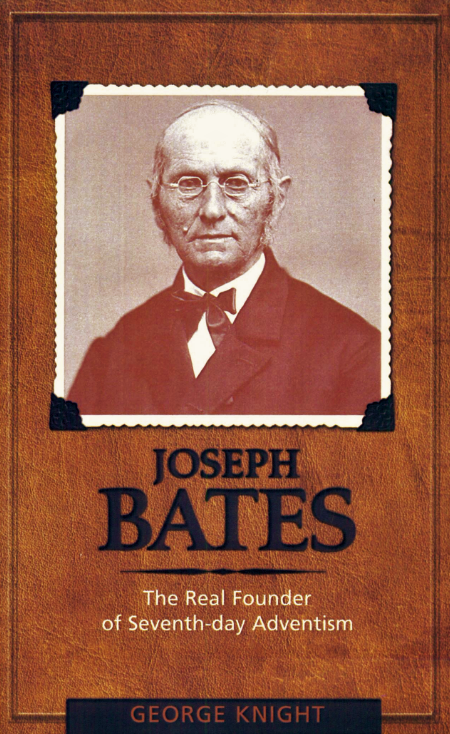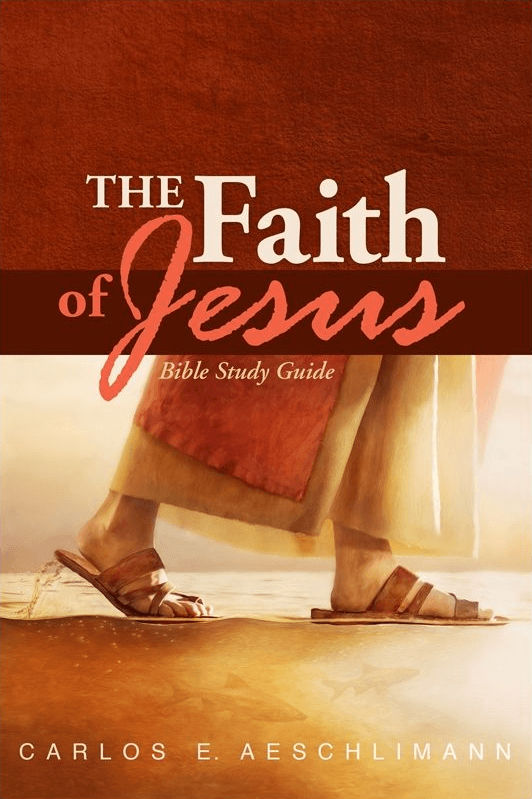Joseph Bates: The Real founder of Seventh-day Adventism
£12.25
“Those who knew Bates longest and best,
esteemed him most highly.”
–James White
Shanghaied by the British in 1810, Joe Bates spent the next five years as a British sailor and prisoner, surviving the Dartmoor massacre. Soon he was captain of his own ship, forcing his sailors to swear off liquor and talking pirates out of their prey. Scrupulously honest, he once turned his ship around to return money overpaid him.
In 1824 Joseph was converted and signed “a solemn covenant with God.” He found “the pearl of great price which was . . . worth more than all the vessels and cargoes I have ever commanded.” After amassing a small fortune, he retired at age 36 and joined the Christian Connexion, who took the Scriptures as their “only rule of faith and practice.”
Then his life began to get interesting.
This biography by historian George Knight makes use of previously unavailable sources, letters, and logbooks to shed new light on the first theologian and real founder of the Seventh-day Adventist Church, who gave his estate to the new Advent movement, and spent the rest of his life in unpaid service to his King. Knight examines Bates’ writings, his social and health reform, his key role in bringing the Sabbath to Adventism, and his conflict and partnership with James White.
A hero who stood for truth against the majority, Bates once cut a hole in three feet of ice to baptize seven converts when it was 30 degrees below zero. In this biography Knight strips away the veneer of history to reveal new textures in the life of this most colourful pioneer.
Review
By Victor Pilmoor
Joseph Bates: Many will have heard about his adventure and escapades as a cabin boy, sea-farer, prisoner of war and Captain. He was an active abolitionist. He is known for his ‘town crier’ like announcement– “The good news is: The Seventh-day is the Sabbath”. What about his contribution as a founder?
Bates connects the followers of William Miller in the 1840s to the formation of the Adventist Church in the 1850s. He was the evangelist that travelled across New England and the Midwest, transitioning Millerites to Sabbath keeping Adventists. He fostered growth from a few hundred to several thousand adherents during this period which gave the critical mass for the church to become an organisation in 1862. Most of the named pioneers could trace their conversion to the influence of Bates.
Christians and Millerites of the day were thought to have embraced the first and second angel’s message. Acceptance of Sabbath adherence, and commandment keeping was a progressive development to the third angel’s message. Bates would travel from place to place for months on end. To persuade families he would preach and offer bible studies morning, noon and night for ten days to establish Sabbath keeping.
While James White is known for institutional development, Bates established a membership base from which the church received support to grow outward. Bates and James White were supportive but lived in tension to each-others ideas. Bates was the older man, an early leader, while White the younger became ascendant. White established a paper – Present Truth with the objective of unfolding a progressive conversation rather than closed positions. Inevitably there was a rivalry for authority. Bates saw the ‘paper’ as a waste of money against the need for evangelism. He occasionally criticised White, as did others for the profligate use of money. Such is the divide between personal workers and institutional founders. Bates held the view that morality precedes religion – behaviour before belief. He was inclined to perfectionism where the Whites tipped toward the sufficiency of grace. Neither regarded conformity as merit toward salvation.
The reader will gather a firm understanding that the Adventism we now practice came through a process of conviction in tension, sacrifice, hard work and prophetic guidance.
Out of Stock
ISBN: 9780828018159Format: Hardback





